Cinematography and its Role – What Do Cinematographers Do?
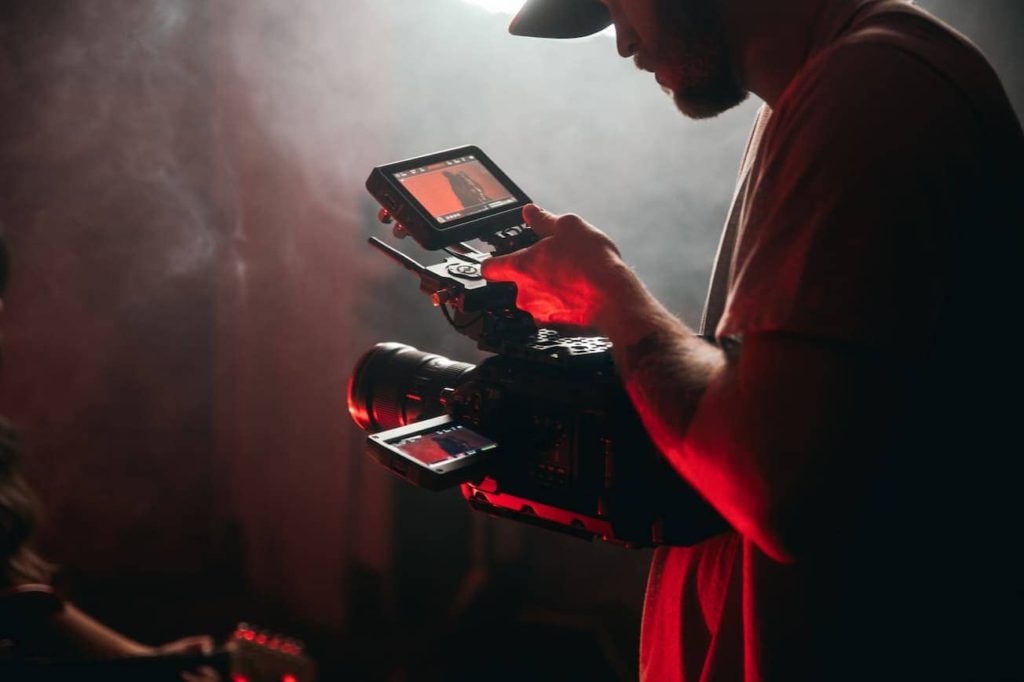
A generally accepted definition of cinematography is “the art and technology of making motion pictures” but ask anyone involved in the industry and they will tell you that there is so much more to it than that.
A simple one sentence cinematography definition doesn’t do it justice. Instead, you need a longer description and even cinematography examples to fully understand what role this plays in making great films, and all of the different types of cinematography.
What is Cinematography?
Cinematography is a blanket term that covers a huge amount of filmmaking techniques, technology and styles. For example, the choice of how to shoot a film tends to come down to the cinematographer.
Imagine you are watching a horror film, that is supposed to be scary and build tension, the cinematography team will use very different techniques when compared to the sort of techniques that would be used in something like a comedy film.
For example, a tense film might use slow movement in the cameras, it might use softer focuses, and the cinematographer might opt to shoot things in a much darker and more brooding way.
Shot size and shot types play a huge role. This video helps you to understand some cinematography examples such as the shot types, and these will have been planned as early as the storyboarding phase. For instance, within the storyboard it may be decided that there will be an establishing shot or an extreme close up.
Cinematography also covers things like the lighting within a shot, and the focus. The movement of the camera, and whether it pans or zooms in and out throughout a shot is all part of the cinematography. It is usually a joint effort between the director, who will have their own ideas, and the specific cinematographer.
Equipment can also play a big part in cinematography, as there may be limits to what can be achieved. At Insight Studios, our high-tech equipment enables us to use cinematography techniques to get whatever shot you can imagine, and use it as part of a hard-hitting and visually impressive film.
What Does a Cinematographer Do?
A cinematographer will be involved in a variety of different video projects, and especially those that aim to be artistic or visually impressive. For example, if you are going to create a feature film you will probably want somebody with cinematography credentials to help. If you are making a commercial film, the cinematography should still be considered, but it may not be quite as vital. All of this depends on the concept of your video and the end result you are looking for.
Shot composition, camera angles, even focus and depth of field are all things that a cinematographer will need to think about, that when we’re watching a film, we may not really consider. The average audience member takes this all in as a part of the viewing experience without analyzing it, but cinematography needs a lot of thought if a film is to look good, or even great.
A cinematographer will plan the details of every shot including panning, shot types, camera movement, lighting. They’re largely responsible for how the video looks when it has been shot and edited.
Some directors are also renowned for their cinematography skills, some employ cinematographers to work on every aspect of the production and ensure it constantly looks impressive and coherent.
5 Cinematography Techniques:
Panning:

A cinematography technique called panning involves moving the camera horizontally to follow a subject or scene.
This method can give the shot a sense of movement and dynamism and is frequently used to track the movement of a subject, such as a person walking or a moving vehicle. It can also be used to make a location or something that was previously hidden more visible.
Panning can be done manually by moving the camera on a tripod or digitally by using a digital camera or a virtual camera in a scene that has been created on a computer. Selective focus is a technique that uses panning to follow the subject and keep them in focus while the background is blurred, which is a way to direct the audience’s attention to the subject.
Tracking shot:

A tracking shot is a style of photography in which the camera follows a subject or scene while maintaining sharp focus. Using this method, you can follow a subject’s movements and give the shot a feeling of movement and dynamism.
Tracking shots are frequently employed to reveal more of a location, to show the subject’s surroundings, or to give the viewer a sense of immersion.
They can be accomplished by using a steady cam, a device that allows the camera operator to move freely while maintaining the shot steady, or a dolly, a camera mounted on a moving vehicle, using a virtual camera in a scene that was created on a computer, tracking shots can also be performed digitally.
Long shot:
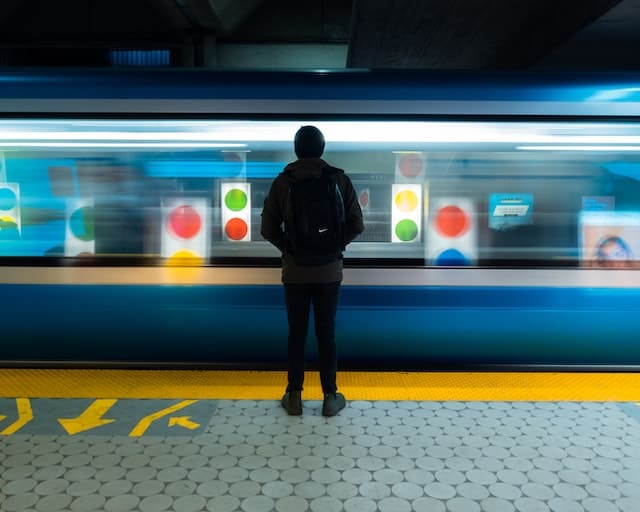
Often used to establish location, a long shot is a type of shot that offers a broad view of a scene or subject. This photograph is used to convey the subject’s surroundings or to place the subject in relation to them.
The subject can be shown in its entirety or just a portion of it in this shot, which can be taken from a distance.
Long shots are frequently used to set the scene at the beginning of a movie or to provide a wide-angle view of a place. Whether it is a grand natural landscape, a grand architectural structure, or a grand interior, it can be used to convey to the audience the grandeur, scale, or scope of a location.
The relationship between the subject and their environment is also demonstrated using this technique.
Dutch angle:
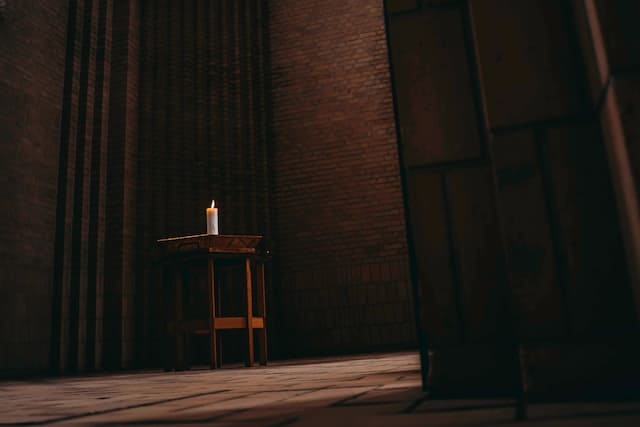
A technique where the camera is angled to the side to create a sense of disorientation or unease is known as a canted angle.
The goal of this technique is to render a character’s emotional state—such as confusion, anxiety, or disorientation—visually.
It can also be used to evoke a sense of peril or heighten the tension in a scene.
The horizon line appears diagonally rather than horizontally when the camera is tilted on its axis to create the Dutch angle.
As a result, there is an imbalance that can be used to evoke discomfort or indicate that something is off. A filmmaker can use the Dutch angle as a potent tool to establish a particular tone, atmosphere, or even subtext.
Close-up:
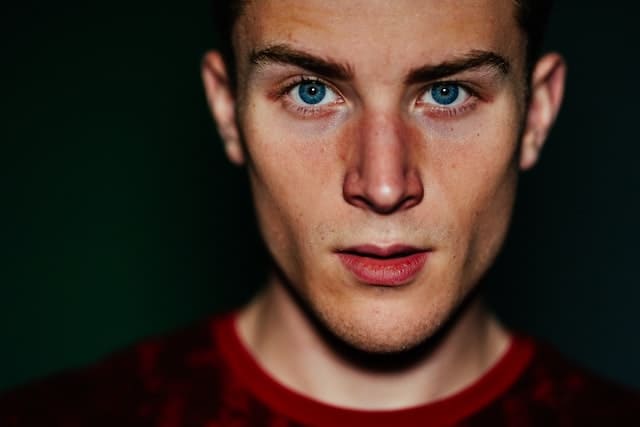
A close-up shot focuses on a particular detail of a scene or subject, like a person’s face. This shot is used to highlight a subject’s finer points, such as their gestures, actions, or facial expressions.
It is employed to evoke a feeling of intimacy with the subject and to call attention to a particular feature of the scene.
Close-ups are frequently used to highlight details of a subject that would be missed in a wider shot, to convey a character’s emotions or reactions, or to establish an intimate relationship with the subject.
The character’s emotions, mood, or even thoughts can be conveyed through close-ups of their hands, eyes, or other body parts. Depending on the situation and how they are framed and shot, close-ups can be used to convey an intimacy with the subject or an isolation.
Filmography vs Cinematography
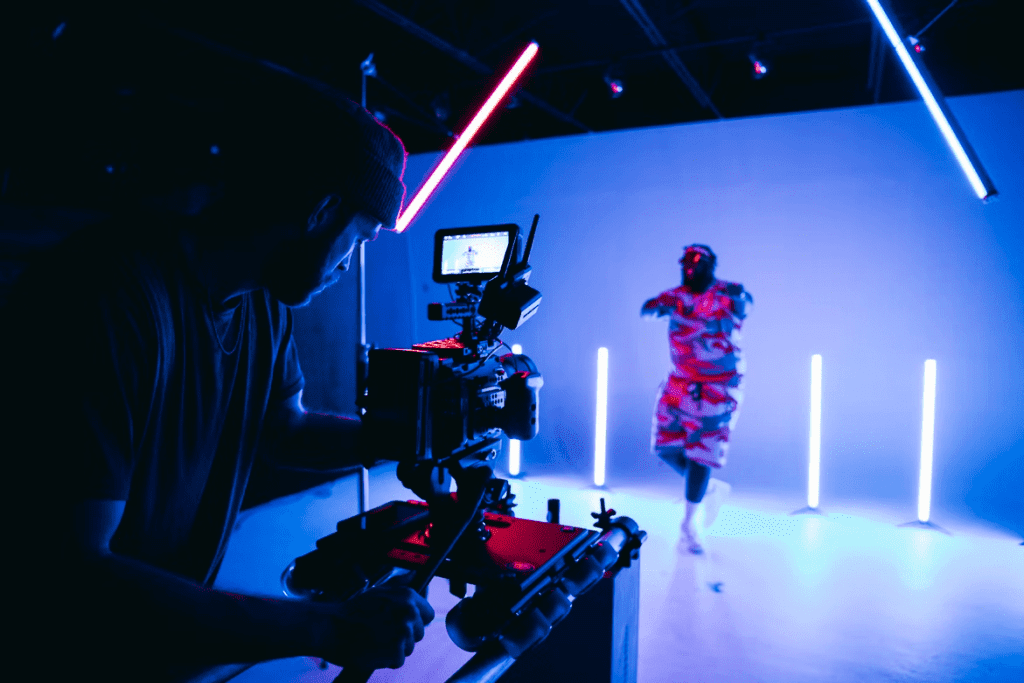
Some people get these two concepts confused as they have such similar names, but it is worth knowing the difference. A filmography is very different from the concept of cinematography.
A filmography is a list of select works that someone has been involved in. For instance, if you look at an actor’s credentials and want to see what else they have been in, you should look at their filmography.
While cinematography is such a big part of making a movie or other style of video, a filmography is just a list to track an artist or actor’s involvement.
Summary
Cinematography is an inherent part of each and every video, whether you consider it or not. To have someone in charge of cinematography, ensuring that your video looks as good as possible, means that it can always have the utmost impact.
At Insight Studios, our team are well-versed in cinematography and ensuring that your video can look as impactful and impressive as possible. To start your film project in the right way and bring your dreams to life on screen, reach out to us.